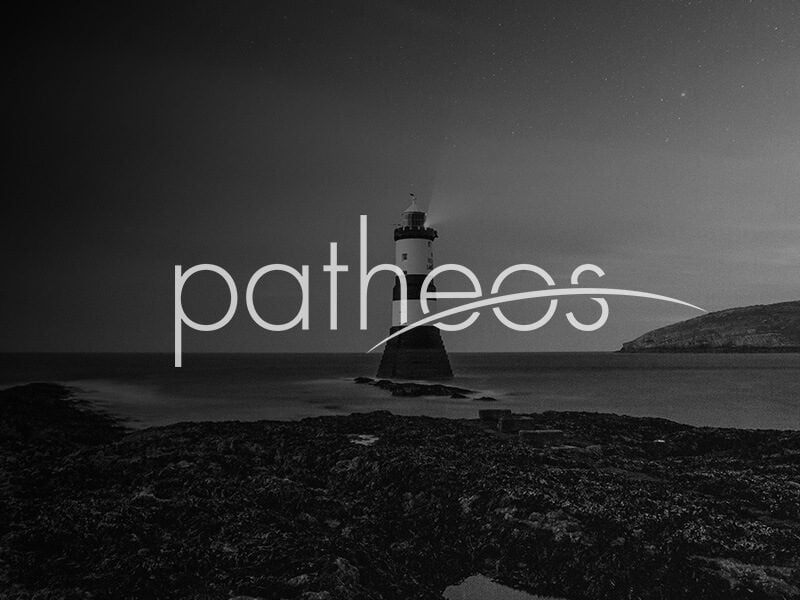
Last week in Sweden two bombs were set off, apparently by a Muslim man still chaffing at the perceived blaspheme against Muhammad supposedly perpetrated by a Swedish cartoonist. In Pakistan a life hangs in the balance over similar charges. Here in Malaysia it appears that hundreds, if not thousands of converts from Islam to other religions must live dangerous double lives because of laws against apostasy. It is only worse elsewhere in the Muslim World.
From a western standpoint harsh punishments for apostasy and blaspheme, and indeed even the concepts of blaspheme and apostasy seem the like remnants of some medieval barbarism. So it is worth exploring the reasons they endure into our own time, and the ways they might still resonate with even modern Christians. We need to understand, even if we reject absolutely, why a verbal attack on a community or human person could be believed to be a justify a violent response, and why an individual’s decision about religious affiliation could be met with imprisonment and death.
Most humans, like all animals, will respond violently to protect themselves against direct physical harm. But why should there be a violent response to words and images and attacks on words and images that pose no physical harm, and which sometimes take place long before the response? Why not simply reply with the old retort “sticks and stones may break my bones but words will never hurt me?”
One answer, of course, is that words do hurt, as do images. They have the power to convey into individuals and communities ideas that are offensive and cause emotional and even intellectual wounds. This power to hurt is among the many types of power words and images have as forms of human communication. And it is one of the most important. Words can be the weapon of the physically weak against the physically powerful. They can inflict (as we see in the Wikileaks case) real damage to an enemy or a friend, even if it isn’t physical damage.
For this reason there has always been a tension between the freedom to use words and images and the need to protect people from their harm. The values of free and open communication, the use of words and images are valued so highly that in most European and American societies they are protected almost absolutely. The exceptions are generally those words which incite violence, or which make false accusations that harm the material well-being of a person or the justice of the state.
But for Muslims some words and the images they create in the human soul are more than a way of communicating ideas. They are the indissoluble link between the human person and God. When they are absent or damaged the human person isn’t merely deprived of a means of communication, but of the actual presence of the Divine reality that they alone can re-present. Such sacred words are what the Christian Gospel of John calls the Word, the logos, that makes the reality of the Divine immediately manifest. They have a qualitatively different form of power over humans than do words which merely convey ideas. Attacks on these words, and the images they create in the soul, are not felt as merely attacks on an idea. They are felt as an attack on the human person who draws his or her life from reality the words and images re-present.
Prior to the Enlightenment Christians in the West, as well as Jews, understood at least some words and images in this way as well. Laws against blaspheme remain on the books in some European countries as remnants of that understanding. Attacks on certain Christian images and words were understood to be more than just attacks on ideas. They were attacks on that which linked humans with God and thus were essential to human life and well-being. Even the introduction of alternative words was dangerous, since like idols they could lead the believer into the worship of false Gods.
Apostasy is not, in this respect, so very different from blaspheme. The apostate is a living repudiation of all those icons, verbal and otherwise, that link humans with their meaning in the divine. He or she is a word, even if unspoken, against other words.
The concepts of apostasy and blaspheme have changed in the West, and even well beyond the West. Protestant Christians, like many Buddhists and Taoists, have understood words and images to be dangerously misleading, creating an emotional attachment to something that cannot represent, and usually mis-represents, transcendent reality. For many in the West an attachment to particular words and images as anything other than representations of ideas is regarded as infantile. Thus the attacking of icons, visible and aural, is seen as a necessary part of fostering both individual and social maturity. It is part of the entire Enlightenment project of drawing the sharpest possible boundary between noumenal and phenomenal realities so that humans can focus their attention where it belongs – on the phenomenal. Anything that claims to cross that boundary is considered fair game for deconstruction. Real faith, in this new world, requires a leap – not a bridge. Every individual must make his or her own leap, and it is senseless to ask for conformity.
Yet we need to understand that this Enlightenment project wasn’t just iconoclastic on intellectual grounds. The strong identification of the peoples of Europe with religious icons, visible or aural, was one source of never-ending social violence. Religiously plural societies could never exist where a people’s sense of self-hood depended on iconic support (aural or visible) in the public sphere because these icons themselves could not share a common public space. One person’s icon was always another person’s anti-icon. One person’s apostasy was another persons fidelity. Only by purging icons of their power to give human life meaning, or by privatizing that meaning by allowing their public desecration, could they co-exist. The bare walled chapel in England, itself a protest against perceived Catholic idolatry, could co-exist with the Catholic cathedral resplendent with images and relics because neither was allowed to mean anything in public, while believers in either drew their own private meaning from their chosen icons. The apostate was simply another private believer rather than a visible attack on the dominant religion.
Muslims are understandably reluctant to give up a more than thousand year tradition in which human meaning in relationship to the divine was continually affirmed in the public sphere through icons both heard and seen. Loosing this is a wrenching blow, and (given European history) it is not surprisingly accompanied by violence. Yet whether there is another strategy for fostering religious pluralism without violence in the public sphere is debatable. Typical Muslim proposals (The Cairo Declaration) return to the kind of social contracts articulated in classical Islamic law. In these religion and religious people of all types are protected by a divine mandate administered by Muslims (or another dominant religion.) Non-Muslims have real questions about whether such systems ever actually worked in reality. Even theoretically the human administration of divine mandates has serious flaws because of human weakness and corruption. Nor do contemporary Muslim societies offer any reassurance; given the endemic sectarian violence and oppression of religious minorities that is characteristic of virtually all of them.
Perhaps the most pressing issue in inter-religious dialogue today is the need to seek a common understanding of a plurality of religious icons (verbal, visible, and human) can exist in a society whose members depend on them for their very sense of being human, yet must respect that this may not be understood, and may even be opposed by others on equally urgent grounds.
Robert Hunt











